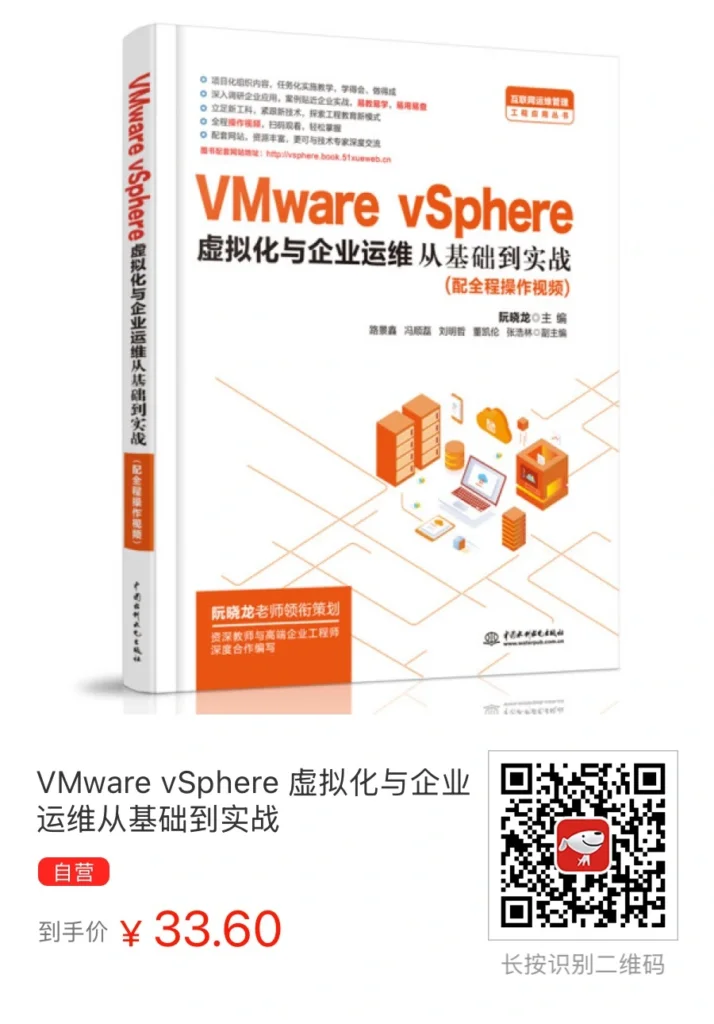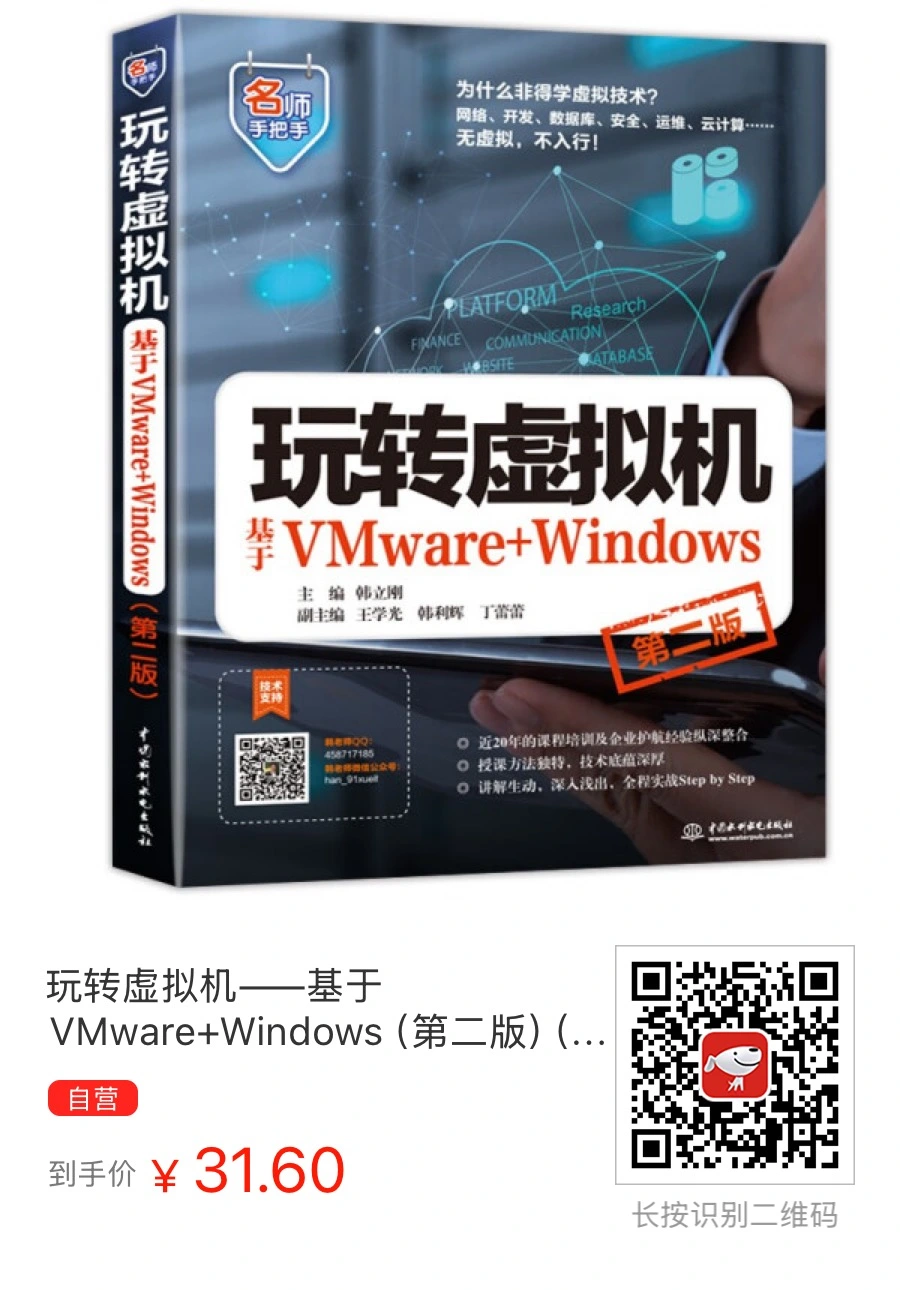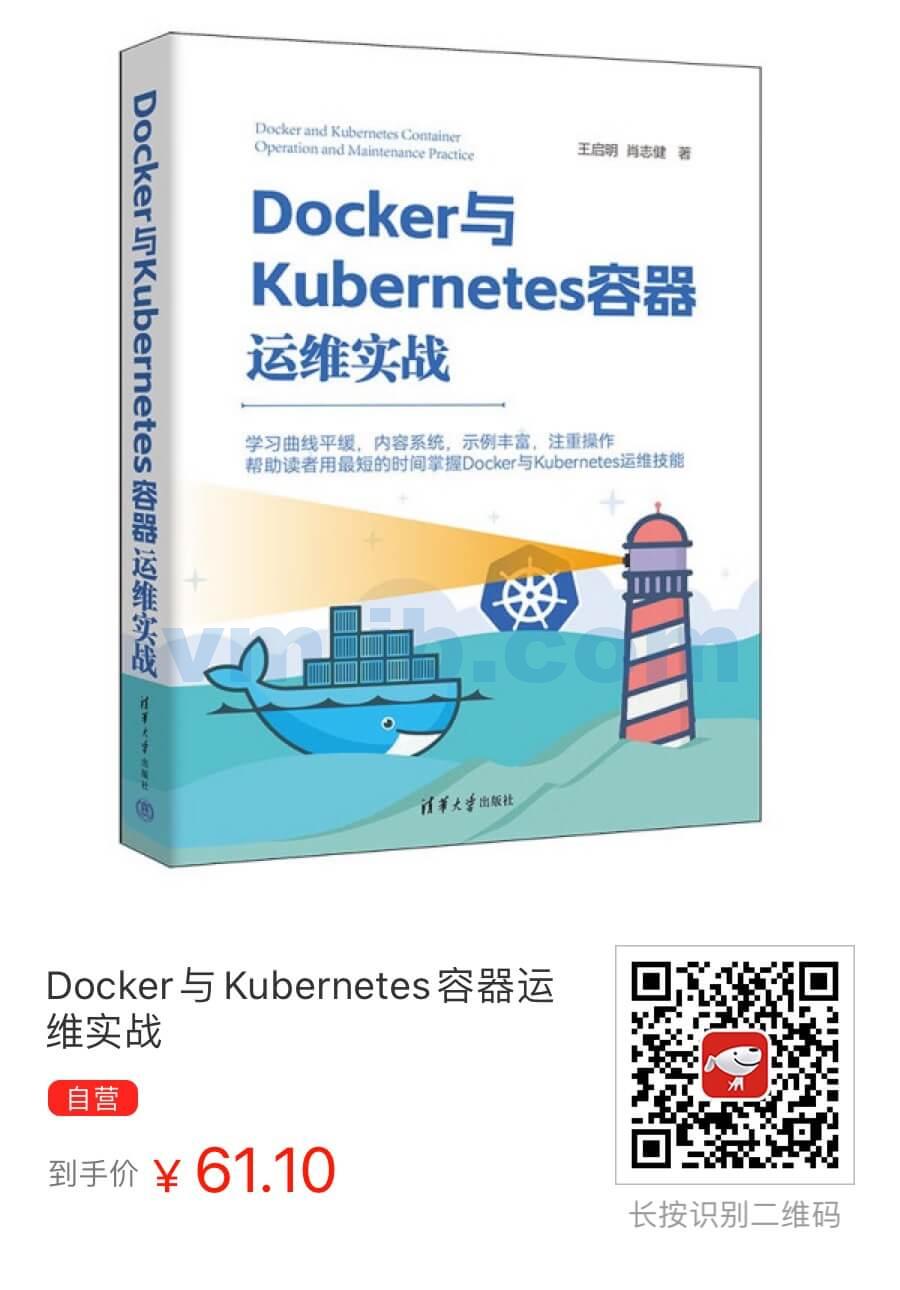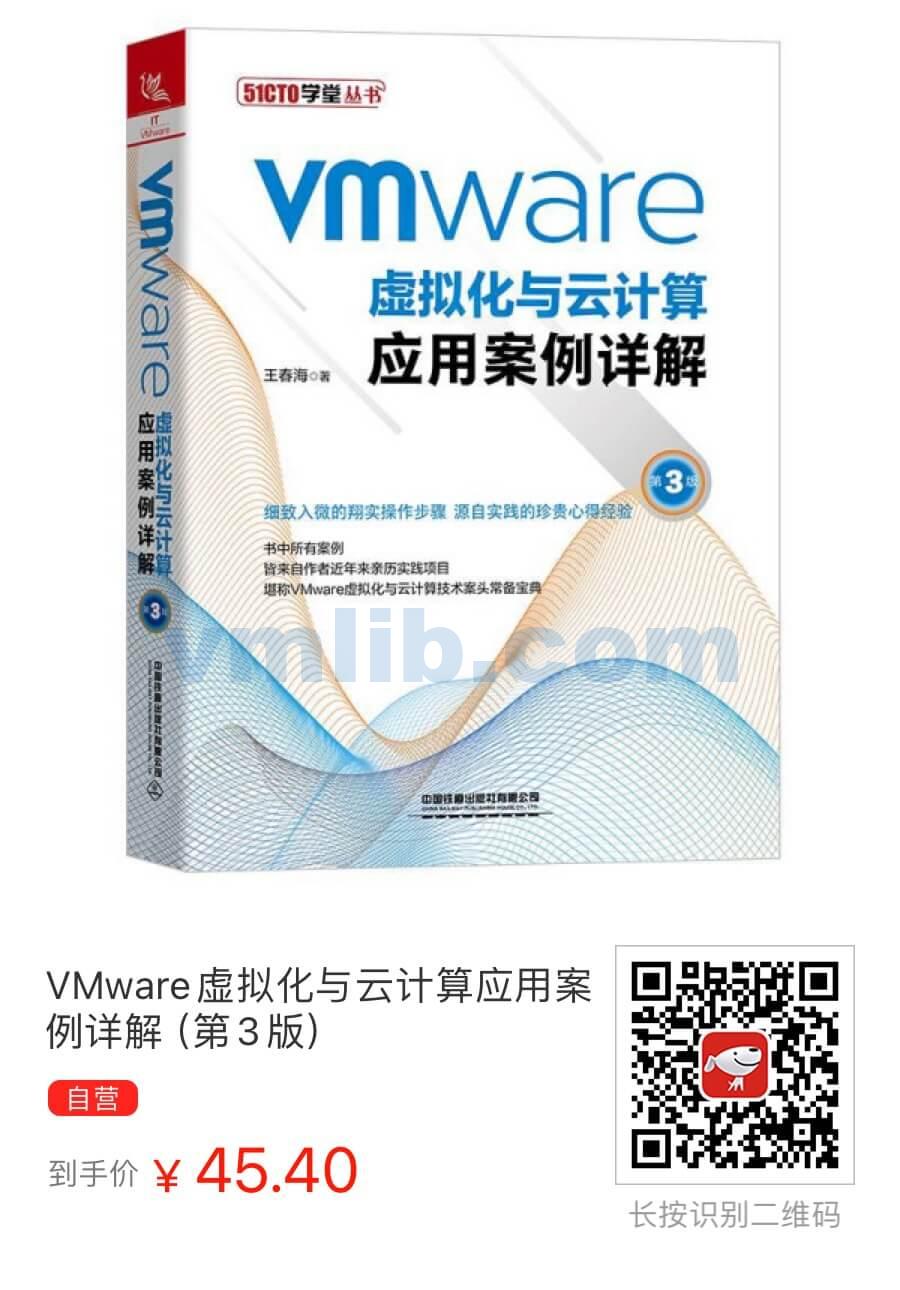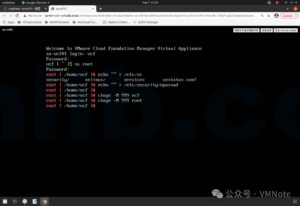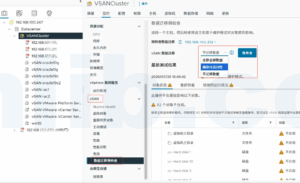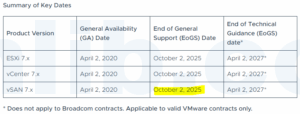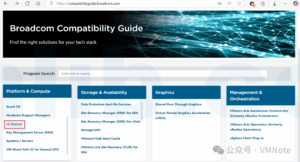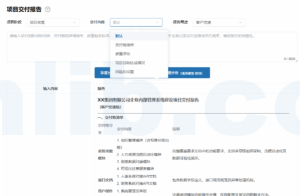To study for VMware HCI Master Specialist Exam | vSAN认证考试题目学习
77. As a part of a network hardware refresh project, all the network switches have been replaced with a newer, high-performance model.After the replacement, the company users started experiencing slowness on the applications hosted on their vSAN-backed VMs.
The vSAN administrator checked the vSAN Network Health status and noticed that the”Hosts large ping test”has failed.
What could be the cause of this performance degradation issue?
- A. MTU 9K is not configured on the hosts vSAN vMKernel ports
- B. MTU 9K is not configured on the hosts VMnic ports.
- C. MTU 9K is not configured on the ToR switch.
- D. MTU 9K is not configured on the vDS switch.
Explaination:
The issue described here relates to the failure of the “Hosts large ping test” in a vSAN environment after a network hardware refresh. This test generally checks the ability of the hosts to communicate with each other using large ping packets, which is crucial for vSAN performance. The failure of this test and the consequent performance degradation of applications hosted on vSAN-backed VMs could be due to misconfiguration of the Maximum Transmission Unit (MTU) settings.
Given the options:
- A. MTU 9K is not configured on the hosts’ vSAN vMKernel ports.
- B. MTU 9K is not configured on the hosts’ VM NIC ports.
- C. MTU 9K is not configured on the Top of Rack (ToR) switch.
- D. MTU 9K is not configured on the vDS switch.
The most likely cause of the issue is:
C. MTU 9K is not configured on the Top of Rack (ToR) switch.
Here’s why:
- vSAN typically benefits from a larger MTU size, commonly 9000 bytes (MTU 9K), to improve network efficiency by allowing larger frames to be sent at once. This reduces the overhead and improves the throughput.
- If the new switches do not have MTU 9K configured, but the previous configuration was based on this MTU size, there would be a mismatch leading to network performance issues. The “Hosts large ping test” would fail if the network hardware cannot handle the larger packet sizes expected by the vSAN configuration.
- Configuring the MTU correctly on the ToR switch is crucial because it acts as a central point in the network infrastructure, connecting multiple hosts. If the ToR switch’s MTU setting is lower than what the vSAN environment expects, it could lead to packet fragmentation or loss, thereby affecting the performance.
In contrast, while configuring MTU on the vSAN vMKernel ports, VM NIC ports, and the vDS switch is important, the primary concern in this scenario seems to be the alignment of MTU settings across the network, especially at the switch level, which has been recently changed. Therefore, ensuring that the ToR switches are configured with the correct MTU setting (9K in this case) is essential for resolving the performance issues.
77. 作为网络硬件更新项目的一部分,所有网络交换机都被更换为了更新、高性能的型号。更换后,公司用户开始经历其vSAN支持的虚拟机上托管的应用程序的缓慢。
vSAN管理员检查了vSAN网络健康状态,并注意到“主机大型ping测试”失败了。这种性能下降问题的原因可能是什么?
- A. 主机vSAN vMKernel端口上没有配置MTU 9K
- B. 主机VMnic端口上没有配置MTU 9K。
- C. ToR交换机上没有配置MTU 9K。
- D. vDS交换机上没有配置MTU 9K。
解释:
这里描述的问题涉及到在网络硬件更新后vSAN环境中“主机大型ping测试”的失败。这个测试通常检查主机使用大型ping包相互通信的能力,这对于vSAN性能至关重要。这个测试的失败以及vSAN支持的虚拟机上托管的应用程序随之而来的性能下降可能是由于最大传输单元(MTU)设置的错误配置造成的。
给出的选项:
- A. 主机vSAN vMKernel端口上没有配置MTU 9K。
- B. 主机VM NIC端口上没有配置MTU 9K。
- C. ToR(机架顶部)交换机上没有配置MTU 9K。
- D. vDS交换机上没有配置MTU 9K。
问题的最可能原因是:
C. ToR(机架顶部)交换机上没有配置MTU 9K。
原因如下:
vSAN通常从较大的MTU大小(通常为9000字节,即MTU 9K)中受益,以提高网络效率,允许一次发送更大的帧。这减少了开销并提高了吞吐量。
如果新交换机没有配置MTU 9K,但之前的配置是基于这个MTU大小的,那么就会出现不匹配,导致网络性能问题。如果网络硬件无法处理vSAN配置期望的更大数据包大小,“主机大型ping测试”将会失败。
在ToR交换机上正确配置MTU至关重要,因为它是网络基础设施的中心点,连接多个主机。如果ToR交换机的MTU设置低于vSAN环境期望的值,可能导致数据包碎片化或丢失,从而影响性能。
相比之下,虽然在vSAN vMKernel端口、VM NIC端口和vDS交换机上配置MTU也很重要,但在这种情况下,主要问题似乎是网络中MTU设置的一致性,尤其是在最近更改的交换机层面。因此,确保ToR交换机配置了正确的MTU设置(在这种情况下为9K)对于解决性能问题至关重要。





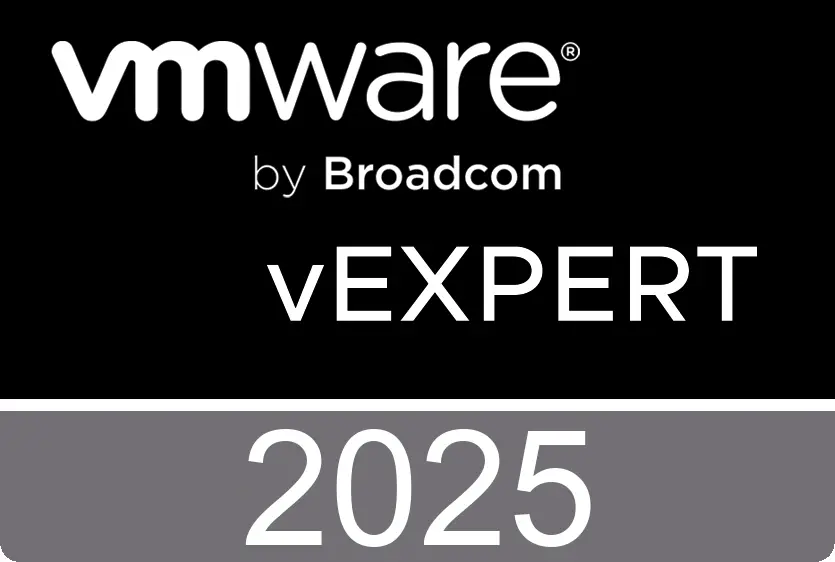
 VM技术助理
VM技术助理

